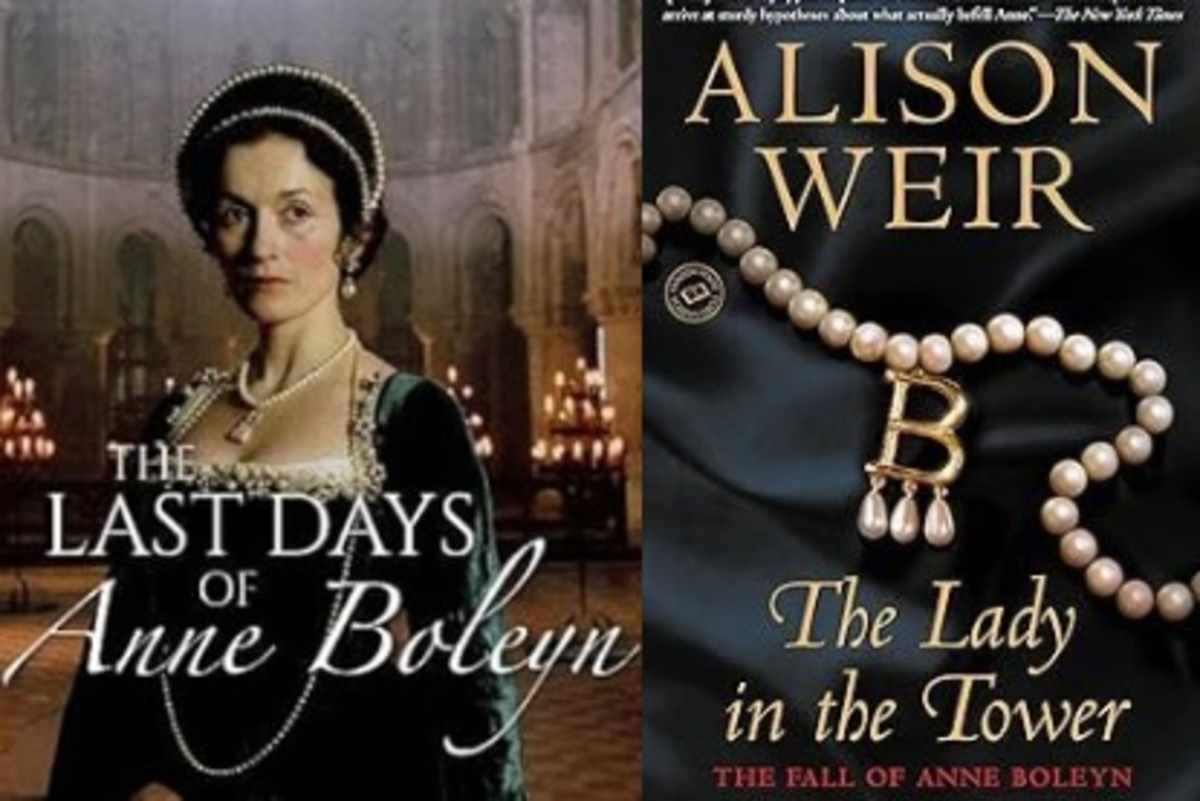"Final Drafts" Process
While I wait on feedback from my beta readers—edits, suggestions, and answers to my questionnaire—I’m using the time wisely. Right now, I’m deep in revisions: adding scenes, tightening up dialogue, and checking for consistencies. I’m also beginning a full line edit, making sure every sentence flows the way it should, including repetition of words (because when it happens, it's on purpose). I should be finished with both edits before my beta readers are done. It gives me a cushion to re-evaluate their feedback with a fresh mind when it arrives, rather than scrambling to make changes last-minute.
Since I'm on the topic, let me tell you about my "final drafts process"--yes, plural, final drafts. When I finish my first draft, I don't begin this process until after I have read over and edited or added to my first draft at least three times. Specifically, this means that each chapter, once completed, has been read over at least three times. Then, I begin my final drafts process.
This begins with another edit, specifically for verifying consistencies. I'm not exactly "editing" per se, simply checking consistencies (making sure the clothes that my characters are wearing are the clothes they are still wearing on the same day regardless of chapter changes, making sure my timeline of events makes sense for the characters' stories, making sure that my character's eye color isn't changing from on chapter to another unless it makes sense, and other nick-picky pieces like those).
Next step is where I insert additions. These are things that may have taken up more than a few sentences of space that I wanted to add while I was performing earlier edits, but I didn't want to stray from my focus on those types of edits. So, this is an additional set of revisions that I do where I am only adding to the plot--not editing.
This is followed by a very particular and crucial line edit. I have a tendency to forget little words in sentences when I'm writing. In order to do this, I change the font while I edit. I used to only change the format in which I edit, but after hearing another author talk about how he changes the font and finds additional errors, I've started separating the two. This edit only changes the font. Formatting edits come later. This is the edit I am in right now.
By this point, my beta readers have most likely gotten back to me, and the next step is to correct the minor errors they may have found (as long as I didn't already correct them during my line edit) and add or remove scenes or dialog based on their suggestions or feedback from the questionnaire (again, provided I didn't already do that when I was inserting additions earlier).
Next, I perform what is called a "Style Guide" check. I explained this in a Tiktok video last year, so I won't go into great detail here, as this week's blog post is already getting pretty long, but I encourage you to check out the video if you are a fellow author.
The next three steps are the final stretch! I read the entire book over once more in PDF form, correctly formatted, as this will be the type of file that gets sent to whoever is printing my book for the physical copies. One more read over in ebook form, specifically Kindle, as that is who I use for ebooks. And one last final reread once I receive the physical proof.
Most of the time, by the time I've reached the Kindle ebook part of this process, no more edits or revisions need to be done.
Reading Recommendations
If you’re in the mood for something dark, supernatural, and unapologetically fierce, I highly recommend Slewfoot by Brom. I read this book in May of last year for the first time, and it stuck with me so much that I immediately bought a hard copy for my personal collection—which, by the way, the hard copy includes Brom’s artwork of the main characters. This man isn’t just a phenomenal writer; he is an incredible visual artist, too.
Slewfoot is a witchy, slow-burn revenge story that blends historical fiction with dark fantasy. It’s a story about power, fear, freedom, and what happens when a woman—deemed dangerous and unnatural by those around her—fights back. While it’s a fictional tale, it absolutely belongs in the same breath as the real-life stories of complex women navigating brutal, unjust systems. If you're someone who loves a powerful female lead, otherworldly elements, and a narrative that builds to a fiery climax, this book is definitely for you.
Current Reads
Speaking of powerful women in history, thanks to my dive a couple weeks ago in my Libby history, this week’s current read is Lady in the Tower by Alison Weir, a nonfiction deep dive into the final days of Anne Boleyn (and another book that I apparently borrowed years ago and never read). I’ve always had an interest in nonfiction, particularly when it centers on specific historical eras. If you're curious about the Tudor era, or if you love reading about strong, complex women in history who were dealt an unfair hand, this one might be worth adding to your TBR.
TV Shows & Movies
Related to the above current read, I can’t even remember how I stumbled across the documentary The Last Days of Anne Boleyn, but ever since I watched it, I’ve been completely fascinated by her story. There’s something about Anne’s life and the way her legacy has been shaped and reshaped through time that really intrigues me, especially hearing about all of the theories from historians regarding certain aspects, whose opinions all seem to differ in some way.
